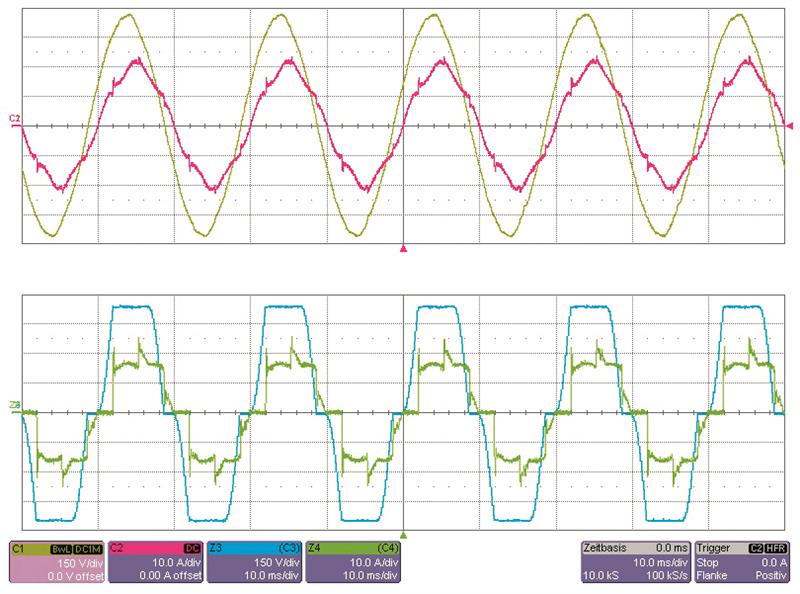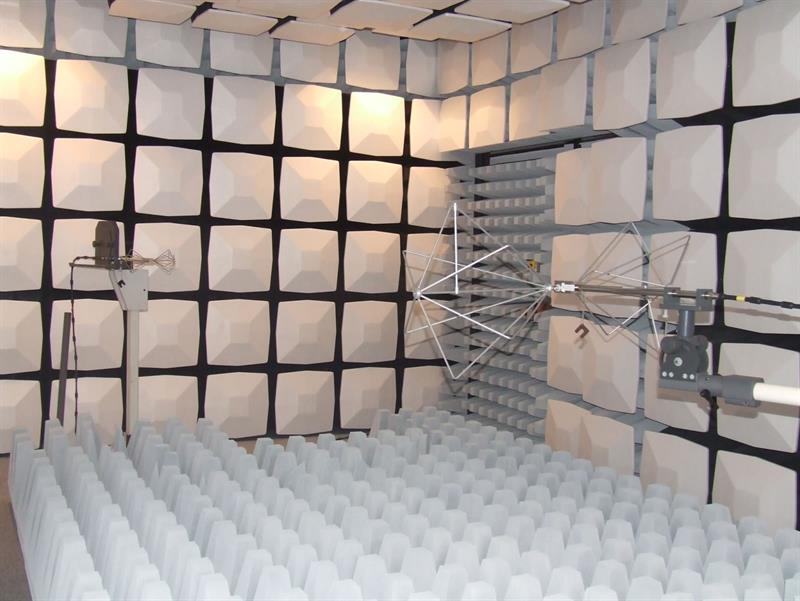Manufacturers and operators are required to implement the installed drive systems to achieve electrical compliance with the limits – for emissions – and requirements – for fault-free operation – set out in the relevant European and International standards and regulations. Utilising some components can lead to additional advantages besides compliance.
For power drive systems (i.e. inverter and motor viewed in terms of a drive), the product standard is EN 61800-x, with EN 61800-3 being the relevant EMC standard. The technical standard sets out the requirements for a specific environment. EN61000-6-x applies to machine builders and sets out the general EMC requirements for use either in a public low-voltage grid or an industrial grid/network.
“When selecting a drive,” Checkley explains. “It is sensible to check what range of accessories the drives supplier can offer. Whilst some of these accessories can be sourced from other Third Party suppliers, it is often better to deal with a supplier that can provide everything from a single source, so the items are optimised to suit their own specific drives (or even designed in-house for their drives) and therefore more likely to meet the specific requirements of your application.”
He adds, the operation of variable speed drives with intermediate voltage circuits can put stress on the mains and motor, which can be optimised using additional measures, depending on the place of use and the type of application. An EMC-compliant drives assembly may therefore include several accessories and interference suppression components for the mains- and motor-related optimisation of operating conditions. The most common suppression components and their functions are:
Mains suppression
“Mains chokes optimise the harmonics to the mains power supply that result from the pulse-shaped charging of uncontrolled rectifiers and reduce the effective input current,” says Checkley. “This decrease in stress has the direct effect of significantly increasing the service life of the link voltage capacitors in inverters and servo drives, as well as reducing the stress on the input rectifier.
“By smoothing the input current draw, the lifetime of the drive and its components are enhanced, particularly at constant high utilisation. For mains chokes, it is also important to ensure sufficient installation space to consider the higher heat emissions and a strong magnetic field.”
Checkley adds that mains EMC/Harmonics filters reduce the cable-fed emission to the required limits of IEC 61800-3-C1/C2 and reduce the low frequency mains distortion on rectifier supplied devices by a further 8 to 15%. They are also said to allow easy integration into a switchgear layout. Other variants may offer low leakage currents or the operation of special mains networks.


Motor-side accessories
Motor chokes provide a cost-effective option for reducing the voltage rise rate (dv/dt) in order to avoid the premature ageing of the coil insulation in AC motors, particularly on high speed applications. These chokes increase total inductance at output and reduce current ripples. They also reduce the peak value of the current and the stress on IGBTs in inverters. Motor chokes are also suitable for applications with long motor cables (>15m and up to 50m).
Checkley says: “Sinusoidal filters are low-pass filters that filter out the switching frequency from the pulse width modulation (PWM) – output signal of the inverter. Sinusoidal voltage with a small ripple occurs at the output, which results in a sinusoidal motor current. Therefore, the use of sinusoidal filters at the output is not associated with the supplementary losses in the motor’s stator and rotor, which otherwise occur with inverter use.”
Other motor-side accessories include sine-wave filters that protect the motor winding from voltage peaks and allow the use of long motor cables; sine-wave EMC filters allow operation of motors with long motor cables – thousands of metres – without shielding (although at these lengths it can create other issues to be aware of); and high performance ferrite cores that reduce the values of dv/dt’s also in the frequency range of the bearing currents.
Mains-motor combinations
Some drives suppliers offer combinations of mains-side and motor-side accessories that can be more closely tailored to suit the specific needs of the machine or robot. Combi-filters (EMC/output choke), for example, are space-saving combinations that provide the advantages of both, with the addition of reduced wiring, as well as consistently adapting and optimising the drive controller. Typical combinations include:
NHF-filters which combine a mains choke and HF filter in a single, compact enclosure. This means that the filter combines the advantages of the mains choke with those of the HF filter. These combinations often result in high saturation resistance and small leakage currents, mechanically designed as ancillary filters.
I/O-filters integrate the functionality of the mains-side HF filter and the motor-side dv/dt filter in one compact enclosure. A portion of the input filter that is configured with high damping at minimal leakage current, reduces conducted interference to limit value in compliance with EN 61800-3. These can be incorporated inside some drives, saving space, plus low leakage versions are also available when the application requires this.
EMC advice and compliance testing

“EC Directive 2004/108/EC requires all equipment manufacturers to design the installation of electrical systems in compliance with EMC legislation,” Checkley says. “In many cases, this means that individual CE-labelled components must be inspected for their interaction with the equipment or machine.
“It is wise to check not only if the drives supplier can offer mains- and motor-side accessories, but also whether they can provide comprehensive EMC advice, electrical testing services and on-site assistance when required. This will ensure you eliminate any expensive investments in measurement devices and training in complex standards, as well as ensuring that you have the necessary support during your development phase.”









